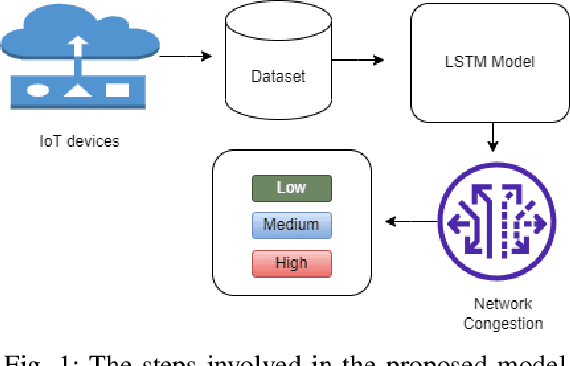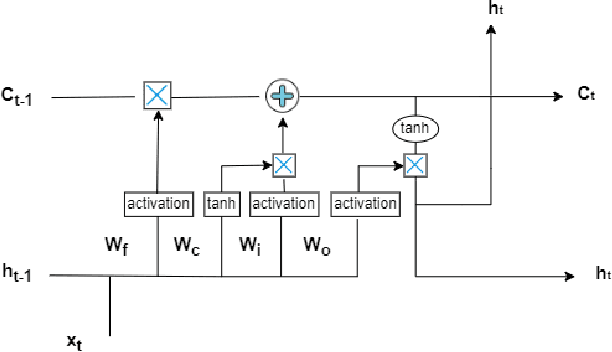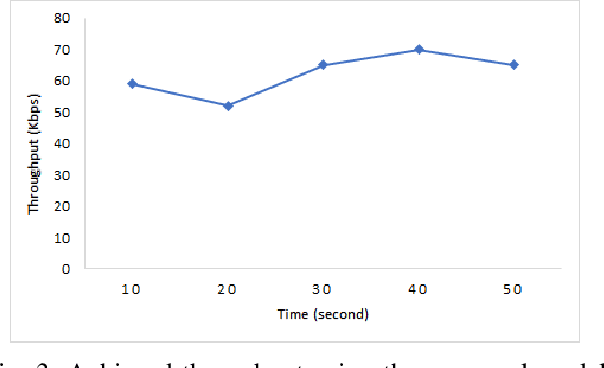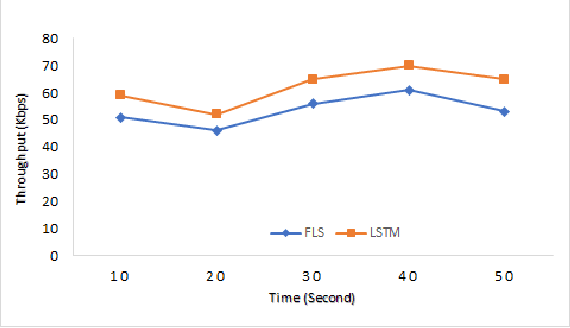Enhancing Congestion Control to Improve User Experience in IoT Using LSTM Network
Paper and Code
Sep 19, 2023



This study suggests a new strategy for improving congestion control by deploying Long Short-Term Memory (LSTM) networks. LSTMs are recurrent neural networks (RNN), that excel at capturing temporal relationships and patterns in data. IoT-specific data such as network traffic patterns, device interactions, and congestion occurrences are gathered and analyzed. The gathered data is used to create and train an LSTM network architecture specific to the IoT environment. Then, the LSTM model's predictive skills are incorporated into the congestion control methods. This work intends to optimize congestion management methods using LSTM networks, which results in increased user satisfaction and dependable IoT connectivity. Utilizing metrics like throughput, latency, packet loss, and user satisfaction, the success of the suggested strategy is evaluated. Evaluation of performance includes rigorous testing and comparison to conventional congestion control methods.
 Add to Chrome
Add to Chrome Add to Firefox
Add to Firefox Add to Edge
Add to Edge